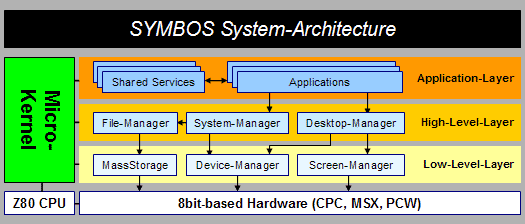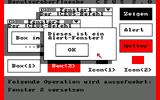 CEUS-Desktop 2.0 (CPC) 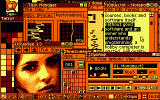 SymbOS CPC 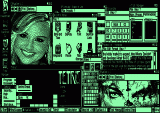 SymbOS PCW 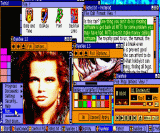 SymbOS MSX More Screenshots! |
Already in the 80's, only few years after the release of the Commodore C64, the legendary GEOS by Berkeley
Softworks appeared and set the standard for a windows-based operating system on C64. It included a graphical user-interface
(GUI) which was similar to the old desktop of the Apple Macintosh. Powerfull applications were available for GEOS like GeoWrite
(similar to MS-Word), GeoPublish, GeoPaint or GeoCalc (similar to MS-Excel). Though most elements were very static and
restricted compared to common standards it was incredible, that an 8bit-machine with only 64K was able to run such a graphical
user interface! On Amstrad CPC many tries for GUIs existed, too. In most cases they were just extensions to realize elements like mouse-pointers, windows or pull-down-menus. But they weren't true new operating systems with own kernel, memory-management and so on. My own CEUS Desktop 2.0 (1990) was such an extension-system. So the CPCs own OS (in combination with AmsDOS) and CP/M were the only two known OS for the CPC. In 1995 two german guys released Stream2, which should became a true new OS. It had quite a good GUI, an interesting driver-structure and an alternative disc format. But it didn't have an own kernel and so it also seems to be just an other extension of the old OS. The biggest disadvantage was, that it wasn't free and so no one used it. Even today you can't find it on the known FTP-servers for CPC-software. Another promising attempt back in the 90ies was DES ("Desktop Environment System") from the UK, which even brought a word processor called DesText. It was unsuccessful as well, so the result was, that the CPC never had a system like the C64-GEOS. At the end of 2000 I watched some GEOS-pages and asked myself, why not making such a system on CPC, too. Most CPCs have 128K (most C64 only have 64K), a screen-resolution of 320x200 with 4 colours (C64 only has 2 colours for each 8x8 area in 320x200) and some more advantages. So the idea of the SymbOS-Project was born. SymbOS stands for "SYmbiosis Multitasking Based Operating System". SymbOS should become a demonstration, what could be possible on CPC since the last 20 years. I want to give everything to SymbOS what a modern OS needs. Real preemptive Multitasking, a dynamic memory-management for up to 576K and more and a totaly MS-Windows-like GUI are the three most important things. I started to develop SymbOS in November 2000. In Januar 2001 I stopped it. But after the great "Klassentreffen"-party (June 2001) in Erlangen/Germany I continued to code SymbOS with much new motivation. After finishing most parts of the desktop-routines I stopped, as I wasn't sure, if the memory system of the CPC really can handle such an operating system. Also it crashed sometimes without any reasons. In September 2004 I liked to continue. So I decided to work again on it. I found out, that the memory system will be manageable, and the reason for the crashes was a bug in an old emulator version, which is fixed now. Already during 2005 Trebmint, the Author of SymStudio, convinced me to think about porting SymbOS to other Z80 based 8bit platforms. The best candidate was the MSX2. So after releasing SymbOS CPC 1.0 in May 2006 I started to work on the MSX port and was surprised about this powerful hardware and about the fact, that it can be quite easy to develop software, which runs on both machines. Later at the end of July 2007 I started the Amstrad PCW port, which has been realized much faster because of the more simple hardware and the fact, that a lot of preparation work for porting has already be done for the MSX. After a break of several years I returned to SymbOS development and end of 2014 the port for the Enterprise 64/128 machines has been finished, which means, that SymbOS is now running in four different computer platforms! To be careful with my brave old CPC-6128 and my MSX and PCW machines and to work as fast as possible, in most cases I am not using my real computers. I use UltraEdit, WinApe, BlueMSX and Joyce. Without doubt WinApe is the best CPC-emulator for Windows, and it has a perfect development-environment. So many thanx to Richard Wilson, but also to DVIK (BlueMSX), John Elliott (Joyce) and more! |
|
